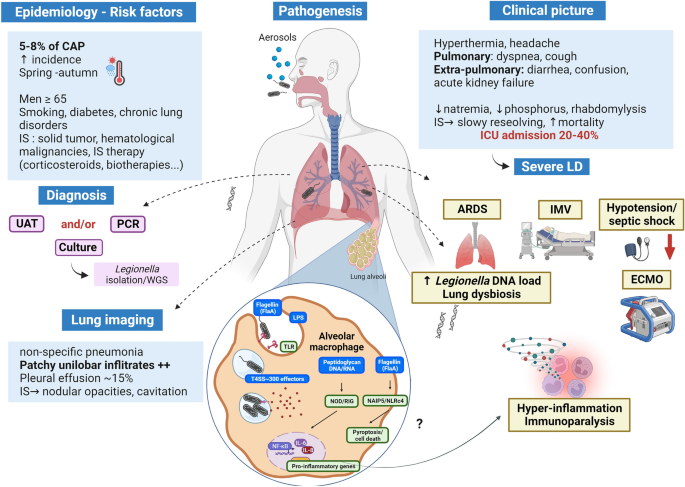
Introduction
Legionnaires’ disease is a severe form of pneumonia caused by the Legionella bacteria, which can be found in water systems and certain soil environments. It is a significant health concern across the globe, especially in populated areas. Recent outbreaks have highlighted its relevance, prompting public health officials to emphasise effective prevention strategies.
What is Legionnaires’ Disease?
Legionnaires’ disease is a type of pneumonia that can be severe, and in some instances, it can be fatal. The disease is contracted by inhaling aerosolized droplets containing Legionella bacteria. Common sources include hot tubs, showerheads, and large plumbing systems like those found in hotels, hospitals, and office buildings.
Recent Outbreaks and Trends
According to the European Centre for Disease Prevention and Control (ECDC), the incidence of Legionnaires’ disease has been steadily increasing in the last decade. The UK saw its largest outbreak in recent years in August 2022, affecting over 60 individuals linked to a cooling tower in a city centre. This incident emphasized the need for heightened awareness and preventive measures.
Symptoms and Diagnosis
Symptoms of Legionnaires’ disease typically appear two to ten days after exposure and may include cough, shortness of breath, fever, muscle aches, and headaches. Diagnosing the illness usually involves laboratory tests, including tests of lung fluid or blood tests to identify the presence of the bacteria.
Prevention Measures
Given the risks associated with Legionnaires’ disease, it is crucial for both public and private sectors to implement comprehensive water management programmes. Regular testing of water systems, maintaining proper temperatures in hot water systems, and ensuring regular maintenance of cooling towers are essential steps to mitigate the risks of outbreaks. The UK Health Security Agency has also provided guidance for building owners and operators on best practices for preventing the growth of Legionella bacteria.
Conclusion
Legionnaires’ disease poses a significant public health challenge, but with appropriate measures and public awareness, the risks can be considerably reduced. As the world continues to grapple with various health challenges, understanding and preventing diseases like Legionnaires’ is fundamental to protecting public health. The resurgence in reported cases serves as a reminder of our collective responsibility to maintain safe environments in both recreational and professional settings.
You may also like

Understanding Melatonin: Uses, Benefits, and Importance

Understanding the Importance of Bones for Our Health
